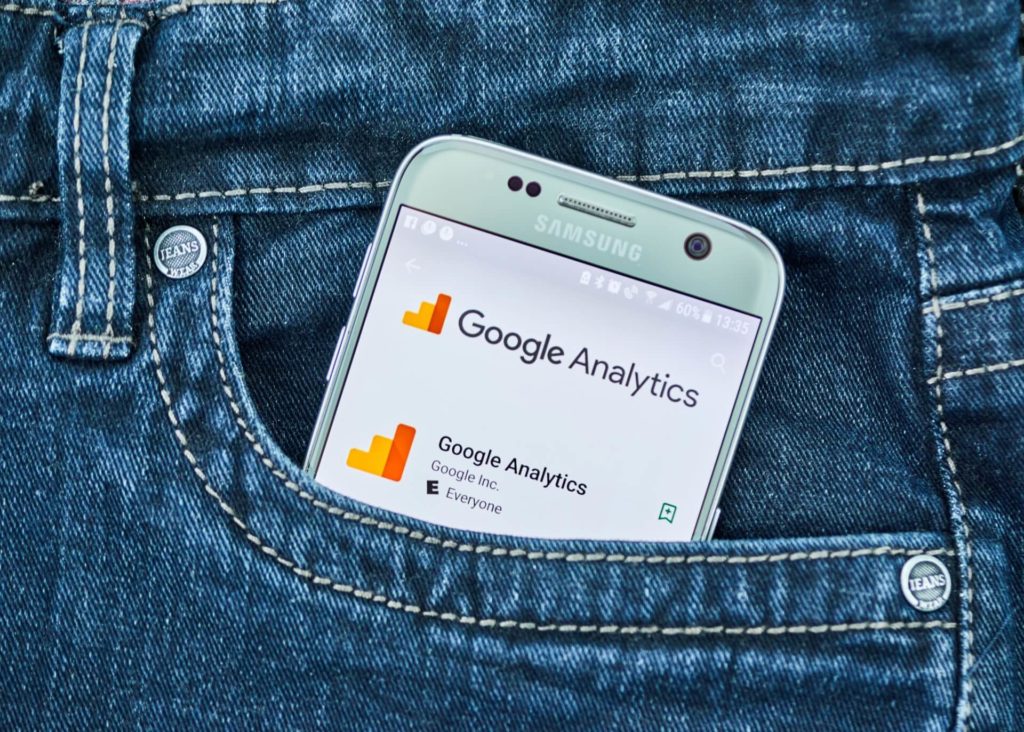Find Out What Google Analytics 4 Can Do For Your Business
The latest version of Google Analytics, the popular web analytics platform, has just been released! This version has improved integration with Google Ads, can pull YouTube conversions into the Analytics interface, and focuses on customer-centric measurement. In the near future, Google is planning to add modelling to adapt to tracking without third-party cookies. Here are some insights into what these new features and benefits mean for your website and your business, from our SEO and web analytics team.
3 Big Changes to Google Analytics
The most notable changes to this tool include the following:
- New cross-network attribution reporting for YouTube and search campaigns (Beta) – This means that, through Google Ads, you’ll be able to select options to view YouTube clicks and video engagement, which is critical for viewing how different marketing channels and platforms are performing alongside one another, seeing the combined impact of your digital marketing strategy, and creating the right content for different segments to maximise their engagement. You can access this through the “Top Paths”, “Assisted Conversions” and “Path Metrics” reports, by selecting Tools then Attribution. This is currently in Beta but should launch in the coming months.
- Release of Conversion Lift Measurements (Beta) – Another soon-to-launch feature now in Beta is lift measurement updates, allowing you to see the incremental lift conversion actions from YouTube ads. This creates more comprehensive lift analysis and reporting, complementing the existing Search Lift and Brand Lift features. Once fully released, you will be able to run all three on the same campaign, making measuring the journey from awareness to interest to conversion simpler and more informative.
- Lower data requirements for data-driven attribution – Google Analytics uses advanced machine learning to assign credit to different ad interactions, giving businesses in-depth detail into how people are interacting with your ads online. This utilises significant data, however, which has been a drawback in the past. Google Analytics 4 is changing that by lowering the data requirements for data-driven attribution from a minimum of 3,000 ad interactions and 300 conversion events in the past 30 days to a minimum of 15,000 ad interactions and 600 conversion events in the same time period.
Additional Features of Google Analytics 4
- Smarter insights to drive digital marketing decisions – Google has some of the most (if not THE most) advanced machine learning models in the world, and they form an integral part of Google Analytics. This includes calculating churn probability for more efficient investing and budgeting for online advertising, predictive metrics to forecast potential earnings from individual groups within your target market, and much more. There’s a fantastic alert feature that signals when significant trend in your data are detected based on customer interactions with your ads and digital marketing content, alerting you to new opportunities.
- Customer-centric measurement – Rather than segmenting reporting by device, the program provides measurements with a focus on the customers themselves. For example, it uses market-provided user identification, information from users who opt into ads personalisation and more, showing you where your customers first discovered your business and how they choose to make purchases – their entire lifecycle from acquisition to conversion and beyond. You can create reports based on what part of the customer journey is most important to your campaign, segmenting by different key touchpoints and making your reports more focussed on what actions customers are taking.
- Improved data controls – The new version allows you greater control over how you collect, retain and use the data that the Analytics platform gathers. This includes increased granular controls when personalising ads, allowing you to use your data when it’s best to do so.
- Event-based tracking – Previous versions of the program focussed on URL-based tracking. Google Analytics makes a significant shift by moving to event-based tracking instead, collecting hits across your website or app, tracking scrolls, outbound clicks, site searches and video engagements.
- Ecommerce schema – There is now a very wide range of alternative ecommerce code that is required for websites in order to track ecommerce activity. Google Tag Manager makes this process fairly simple and allows you to use the data you collect for tags in Google Ads, Facebook and more.
Want to Get the Most Out of Google Analytics 4? Chat to Our Website and SEO Team
Whether your business is an established operation looking for a new edge over the competition through exceptional SEO campaigns and analytics or new to the world of digital marketing, our skilled digital marketing team is ready to help your brand grow and succeed. From designing your website to running SEO, PPC, social media and email marketing campaigns, we have the people and the experience to take you to the top. Contact us today and let’s chat about your brand’s future.

Written by
Murtaza Rangwala - PPC Specialist
I’m all about making your online ads pay. As a PPC pro, I spend my days and nights creating, optimising, and analysing client strategies so they deliver the clicks. With a mix of creative and analytical strategies, I’ll make sure your campaigns land your business the top spot – and that customers see you first.











